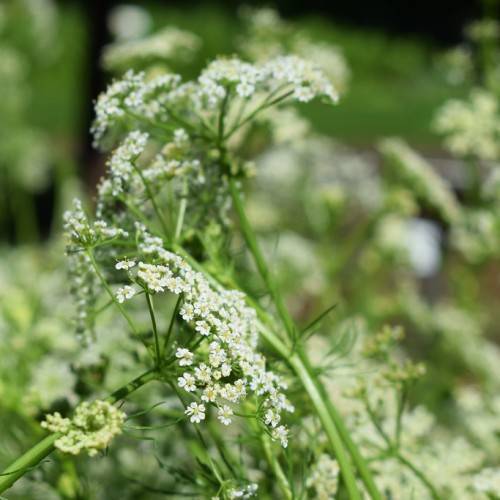
Wild Caraway
Carum carvi
Watering:
Average
Hardiness Zone:
3 - 9
Flowers:
Flowers
Sun:
Partial Shade, Shade
Soil:
Clay, Loam
Fruits:
Fruits Ready In Fall
Leaf:
Yes
Growth Rate:
Low
Maintenance:
Low
Drought Tolerant:
Yes
Salt Tolerant:
Yes
Care Level:
Medium
watering
Blue-beech should be watered as needed and typically no more than once a week. When it comes to watering, the general rule is to make sure the soil is damp but not soaking wet. However, if the temperature is very hot or the plant is in a particularly dry area, more frequent watering may be necessary. Depending on the humidity, soil type, and other conditions, Blue-beech may need more frequent watering, possibly even twice a week during very hot, dry months. They do not tolerate wet feet, and it is best to avoid constantly moist soil. Over-watering can kill the plant. During the summer, adjust your watering frequency according to the weather.
sunlight
Blue-Beech does best in full sun, but will also tolerate partial shade. It requires at least around 6 hours of direct, unfiltered sunlight a day, preferably during the earliest part of the day. Morning sun is preferred, as its leaves can be burned by strong afternoon sunlight. Because of its southern range, Blue-Beech may be able to tolerate all-day direct sunlight in some climates, but it should not be exposed to the sun during the hottest part of the day for extended periods of time.
pruning
Blue-beech should be pruned in late winter or early spring just before the new growth begins. Pruning should be done selectively to maintain the natural shape of the tree and remove damaged, crowded, or diseased branches. When pruning, 1 should aim to remove no more than 1-third of the living crown (leaves) each year, as this will help maintain the health of the tree. Dead or broken branches should be pruned out immediately regardless of the time of year.
